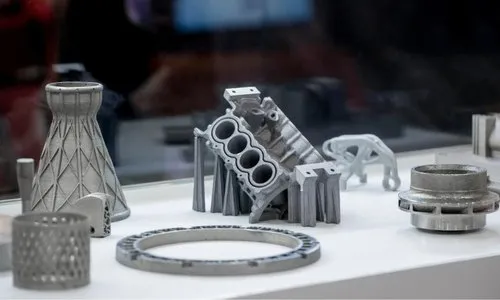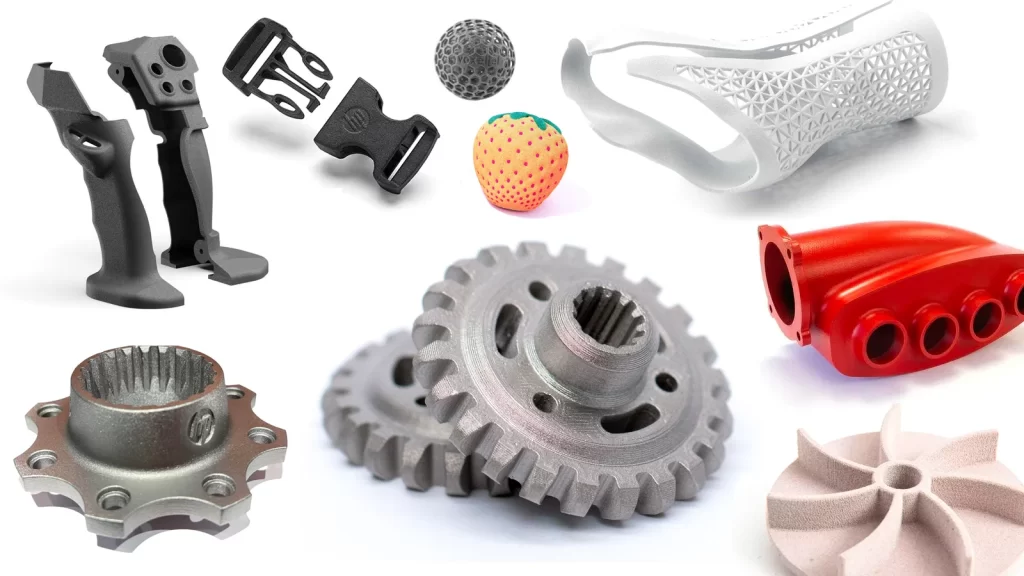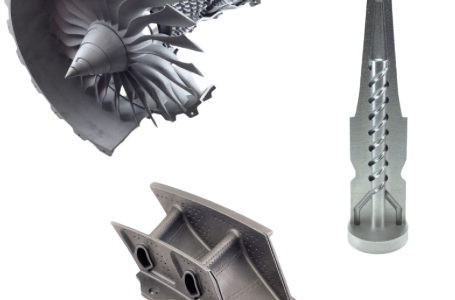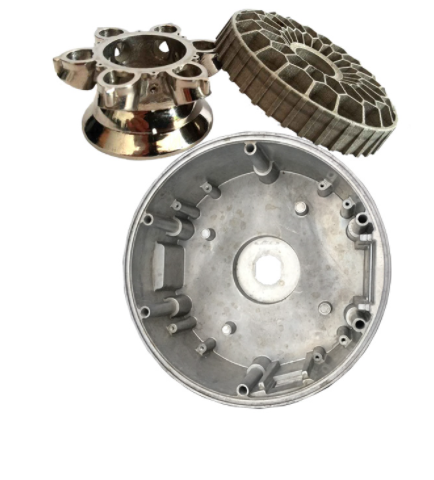Aerospace and Defence
Advanced Manufacturing for Aerospace and Defence Innovations.
Aerospace and defence innovations often require parts that can withstand extreme conditions, such as high altitudes, intense pressure, or severe temperatures, making traditional manufacturing methods insufficient. Advanced manufacturing ensures that these products not only meet stringent safety and quality regulations but also push the boundaries of technological advancement. This includes the development of lightweight materials, smarter avionics systems, and next-generation propulsion components.

Aerospace Manufacturing Capabilities
Advanced Engineering and Design
Aerospace and defense rely heavily on cutting-edge engineering and design capabilities, especially in areas like aerodynamics, propulsion, and avionics. The industry employs highly specialized engineering teams to design complex systems that meet strict performance, safety, and operational standards.

Precision Manufacturing
Aerospace parts require high precision due to the stringent safety and operational requirements. Manufacturing techniques like CNC machining, precision casting, and additive manufacturing (3D printing) are employed to create intricate components with tight tolerances.

Research and Development (R&D)
Aerospace and defence are leaders in technological innovation, with R&D focused on next-gen technologies like hypersonic vehicles, autonomous systems, advanced radar, and AI for military use. Efforts are also directed toward enhancing propulsion systems, material science, and cybersecurity, as well as advancing space exploration solutions.

Sustainability
With growing environmental concerns, aerospace manufacturers are also focused on developing more sustainable practices, such as green manufacturing techniques, reducing emissions, and exploring recyclability of materials used in aerospace components.

Top Aerospace & Defence Applications
Aerospace and defence industries serve both military and civilian needs, covering areas such as aviation, space exploration, defense systems, national security, and scientific research.
- Military Defence Systems
- Commercial Aviation
- Defence and Security Surveillance
- Defence Robotics and Automation

Military Defence Systems
Military defense systems focus on protecting nations through missile defense, UAVs (drones) for surveillance and combat, air defense technologies like radar and anti-aircraft systems, and combat aircraft for offensive and defensive operations.Naval defense includes advanced radar and missile systems to secure maritime borders. These technologies strengthen national security and readiness against threats.
Commercial Aviation
Commercial aviation systems focus on technologies and infrastructure that ensure safe and efficient air travel. This includes aircraft manufacturing for passenger and cargo flights, air traffic control systems for managing airspace and flight operations, and flight management systems (FMS) that automate flight planning and navigation. These systems work together to enhance flight safety, reduce delays, and improve the overall efficiency of air travel.
Defence and Security Surveillance
Defense and security surveillance systems focus on technologies used to detect and monitor potential threats. These include radar and sonar systems for tracking objects in air, land, and sea, as well as intelligence, surveillance, and reconnaissance (ISR) technologies using satellites, drones, and ground-based systems. These systems help gather vital information, ensuring national security and effective threat detection.
Defence Robotics and Automation
Defense robotics and automation involve the use of robotic systems and autonomous technologies for military applications. These include robots for bomb disposal, mine clearance, and hazardous operations, as well as autonomous vehicles and drones for logistics, reconnaissance, and defense tasks. These systems improve safety, efficiency, and precision in military operations while reducing risks to human personnel.
Aerospace Post-Processing Capabilities
Data Processing and Analysis
After flight or test operations, data from sensors and systems are analyzed to assess performance, troubleshoot, and optimize aircraft or spacecraft designs. This includes flight performance analysis, sensor data integration, and fault detection.
Manufacturing Post-Processing
In aerospace manufacturing, post-processing techniques such as heat treatment, surface finishing (polishing, coating), and precision machining are applied to enhance the material properties, durability, and precision of aerospace components.
Additive Manufacturing Refinement
Parts created through 3D printing require post-processing steps like cleaning, smoothing, and applying protective coatings to ensure the parts meet the required strength and quality standards for aerospace use.
Simulation Data Post-Processing
Data from flight simulations and other model-based tests are processed to improve training programs, validate design decisions, and fine-tune system performance.

Why Choose Avinyaworks for Aerospace and Defence
Endless Options
Choose from millions of possible combinations of materials, finishes, tolerances, markings, and certifications for your order.
Easy to Use
Get your parts delivered right to your door without the hassle of sourcing, project management, logistics, or shipping.
Quality Assurance
Avinyaworks ensures aerospace and defence quality with advanced testing and tailored solutions for reliability and safety.

